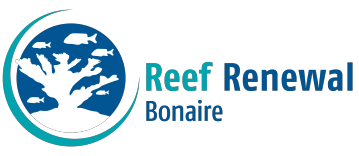Assisting Coral Sexual Reproduction for Restoration
Our coral breeding program uses larval propagation as a restoration method, allowing us to work with numerous coral species and morphologies. By harnessing the natural reproductive potential of coral, larval propagation increases the genetic diversity of corals on reefs and potentially scales up the number of corals we can outplant.
Although Bonaire’s coral reefs still feature significant populations of coral species, the healthy colonies may be too far apart to reproduce successfully through sexual reproduction, limiting the formation of new genetic strains. For this reason, assisting the sexual reproduction of ecologically key coral species is critical to aid the recovery of degraded populations. Maintaining and enhancing the genetic diversity of coral populations is crucial; the more genetically diverse a coral population is, the better the chances are that some corals are capable of coping with changing environmental conditions.
Larval propagation encompasses a variety of restoration techniques, each tailored to increase the success of a specific stage of coral development. From fertilization of sperm and egg to settlement of tiny larva on the reef, we can assist each step of the process and outplant thousands of genetically unique corals every year.
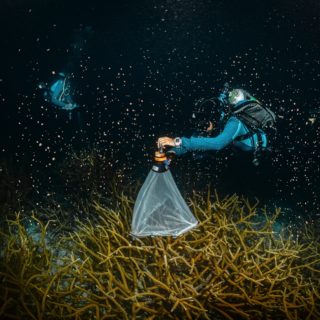
The Process
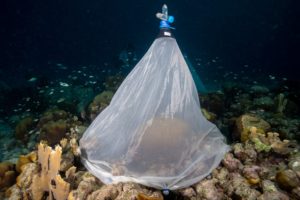
Spawning & Collection
After monitoring a coral species over time to learn more about its spawning habits, we narrow down the best time to carefully collect coral reproductive cells, or gametes. Using collection nets placed above the spawning colonies, divers collect gametes in collection tubes and bring them to our on-land lab facility.
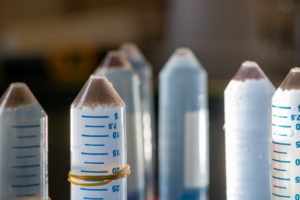
Fertilization
Our team mixes gametes of genetically different coral colonies of the same species to assist the cross-fertilization. Recently fertilized eggs start developing into embryos and are carefully monitored as they develop.
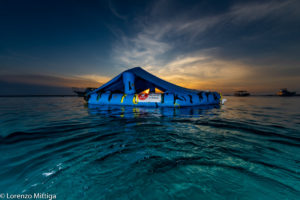
Larval Rearing
The developing embryos are kept in the lab or transferred to in-situ enclosures, either in a floating nursery at the surface or enclosed in a net close to the reef floor. In either setting, the larvae can develop in controlled conditions without interference from predators or other natural impediments to development.

Settlement
After swimming around for 1-2 weeks (timeframe depending on the species), coral larva begin to look for a spot on the reef to permanently settle on. We assist the settlement process by providing eligible larva with a ceramic substrate to attach to, conditioned to mimic the algal makeup of the reef. This process takes place in one of our in-situ or ex-situ environments – the lab, floating nursery pool, or underwater enclosure. Once the larva have settled, the substrates are ready to be outplanted.
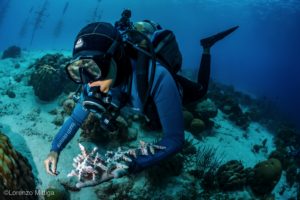
Outplanting
Once the larvae have successfully settled and firmly attached onto the Seeding Units, we outplant them to degraded reef areas. Now they must face the reef life on their own, however we monitor their health over time till the day they might be ready to spawn too…
The next step: integrating propagation techniques
Fragmentation allows us to outplant bigger colonies and quickly restore reefs with corals that will reach maturity and begin spawning in just a couple of years. However, through larval propagation we can select or randomly mix gametes, producing always genetically unique individuals.
Scaling up
Since we witness our outplanted corals spawning every year, we can select specific strains that have performed well to be used for larval propagation. In the same way corals produced through larval propagation can enter the fragmentation process, and if well performing, get propagated in large numbers.
All photo’s on this page are taken by Lorenzo Mittiga.
